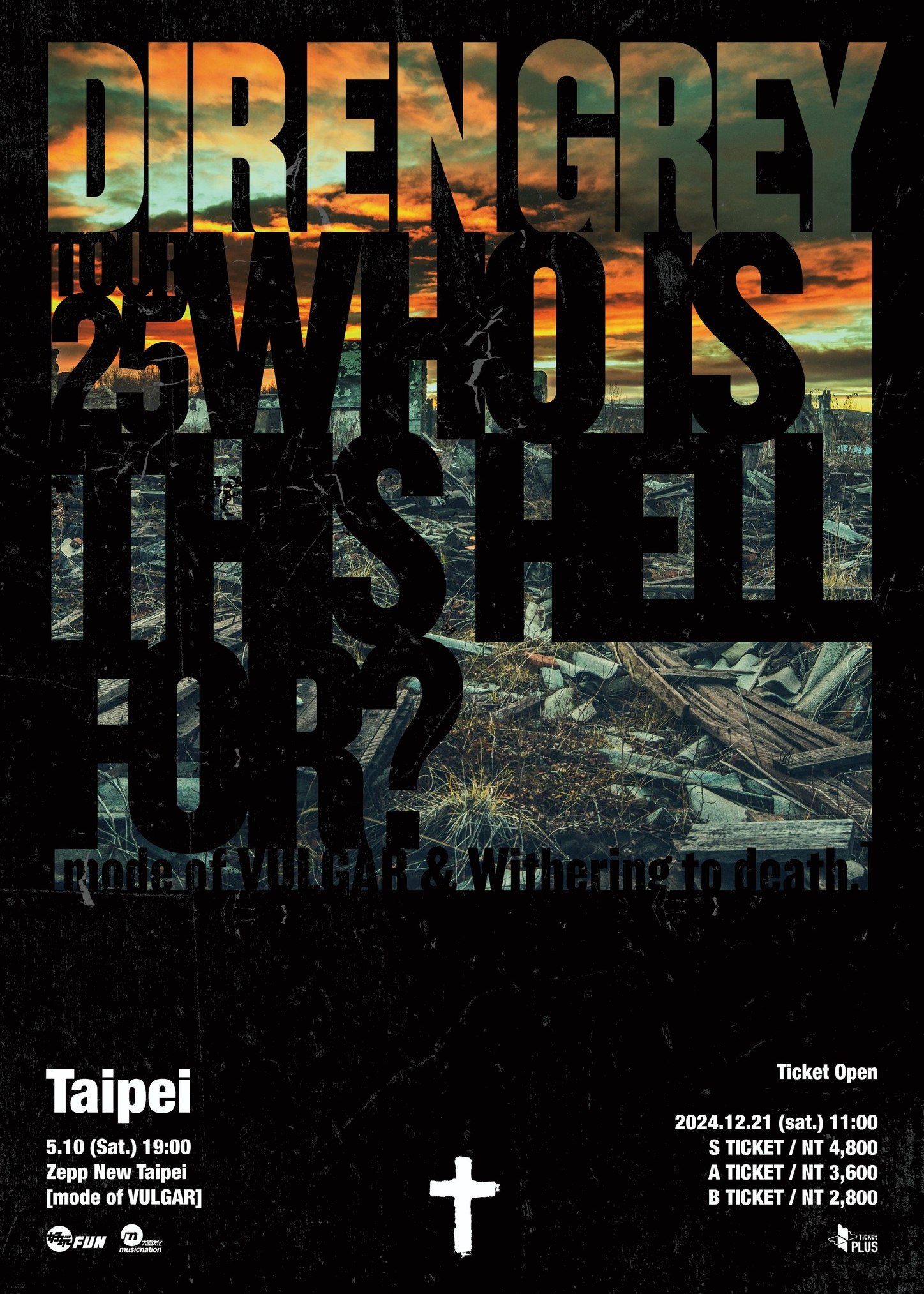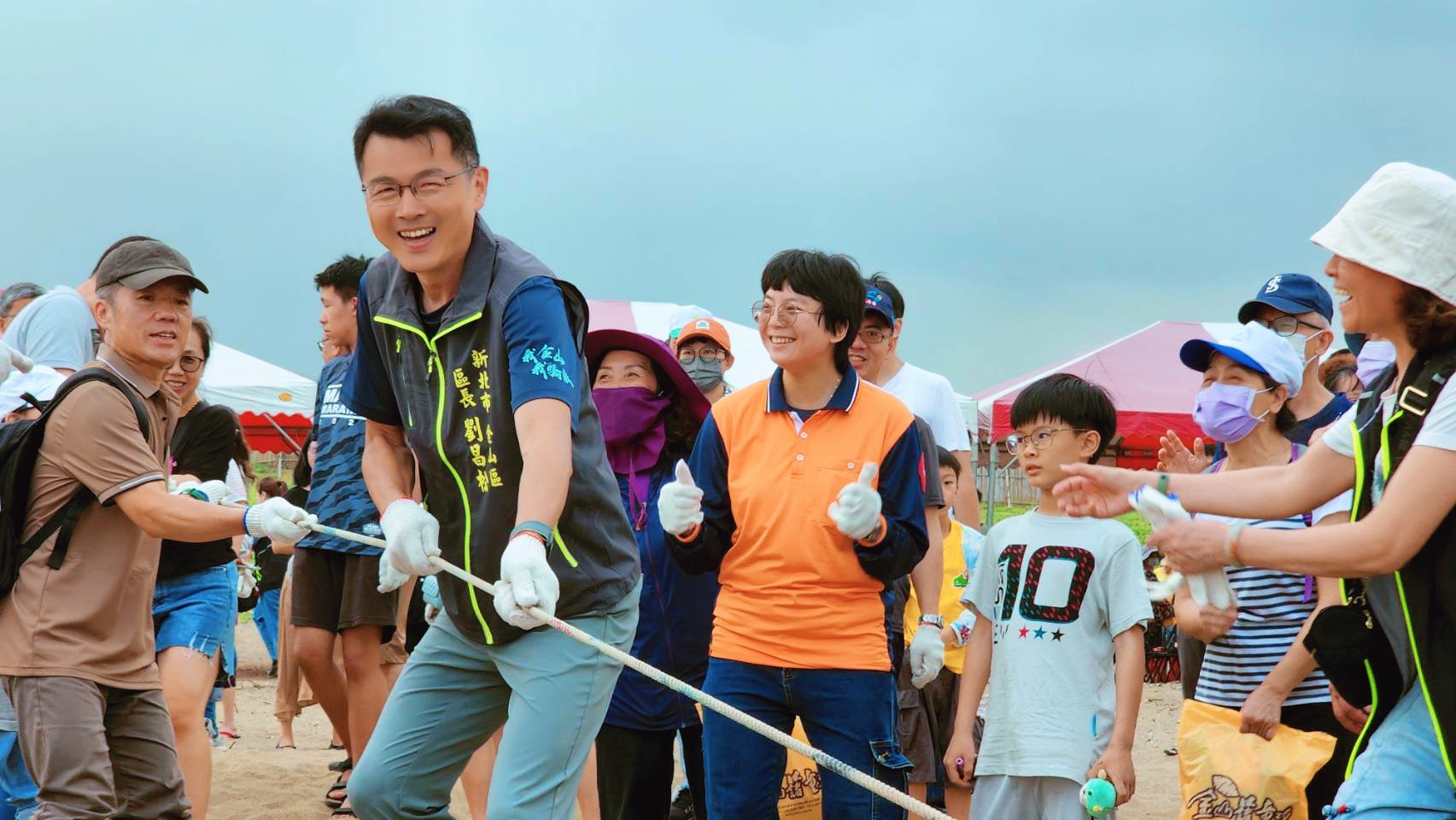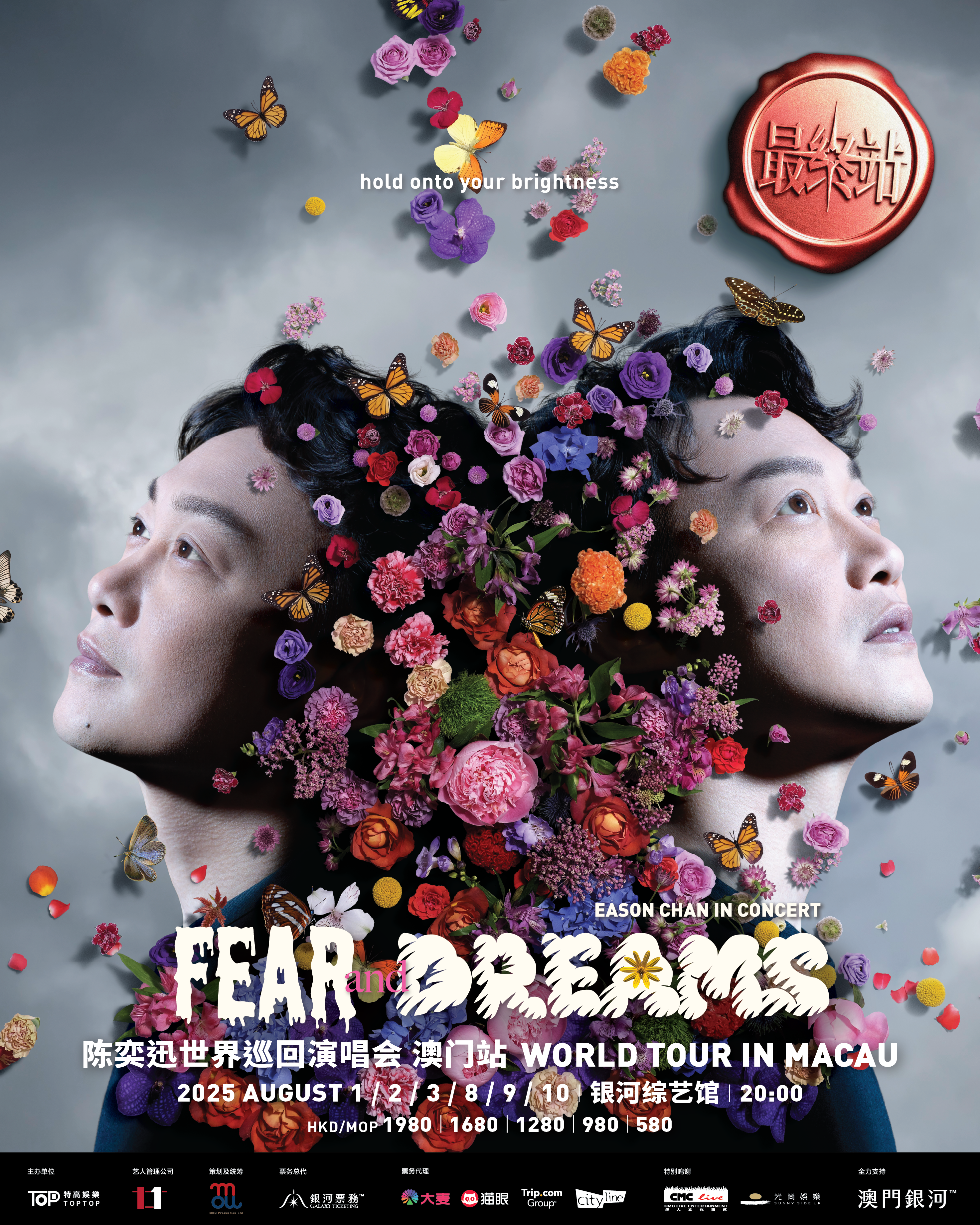Recent Searches
Popular Attractions
Seoul
South Korea
Bangkok
Thailand
Shanghai
China
Hong Kong
China
Tokyo
Japan
Featured Events in New Taipei City in May, 2025 (July Updated)
Are you interested in Tropical Palm Tree Paint Night?
245 people have participated in this
poll
Yes
No




50%



50%
Type
Location
Event Status
Popularity
Start Time

DIR EN GREY「TOUR25 WHO IS THIS HELL FOR?」LIVE IN TAIPEI|Zepp New Taipei | Zepp New Taipei

BE:FIRST World Tour 2025 "Who is BE:FIRST?" in Taipei|Zepp New Taipei | Zepp New Taipei
The J-POP boy group, BE:FIRST is heading to Taipei for the first ever time with their “Who Is Be:First? Tour” at Zepp New Taipei on 15, May, 2025!

New Taipei City LOHAS Festival: Fun with Traditional Fishing Nets | New Taipei City
Qiangou, also known as drag net, is the earliest fishing gear invented by our ancestors and one of the ancient fishing methods in Taiwan. Nowadays, it is held in various parts of Taiwan to show the spirit of teamwork.
Fishing method: When the fish are most densely approaching the shore, a sampan will cast a drag net into the sea, and the two ends of the drag net are fixed to the shore. After the fish are surrounded, dozens of people on the shore will work together to pull the fishing net ashore.
In the early days, whenever the fishing season came, coastal residents assigned people to guard the seashore around the clock. When they found a school of fish, the residents immediately went out to sea on bamboo rafts or sampans, and cast nets along the coast in a large circle to encircle the school of fish, and put all the offshore fish into the net. The people who stayed on the shore tied a short rope around their waists. After the sampan drove the fish into the net, the people on the shore pulled the rope together to pull the fishing net to the shore, and everyone who participated could share some of the catch.
Symbol: The spirit of mutual assistance and full cooperation, used to show the struggle of Taiwan's ancestors to fight against nature in the migration of reclamation. The fishermen's great help and sharing of the catch under unity and cooperation is exactly what the saying "leaning on the rope to share the fish" means. It even has a philosophy of peaceful coexistence and strong human feelings, and the humanistic color is higher than economic considerations. It is rare to see fishing activities in Taiwan today.





